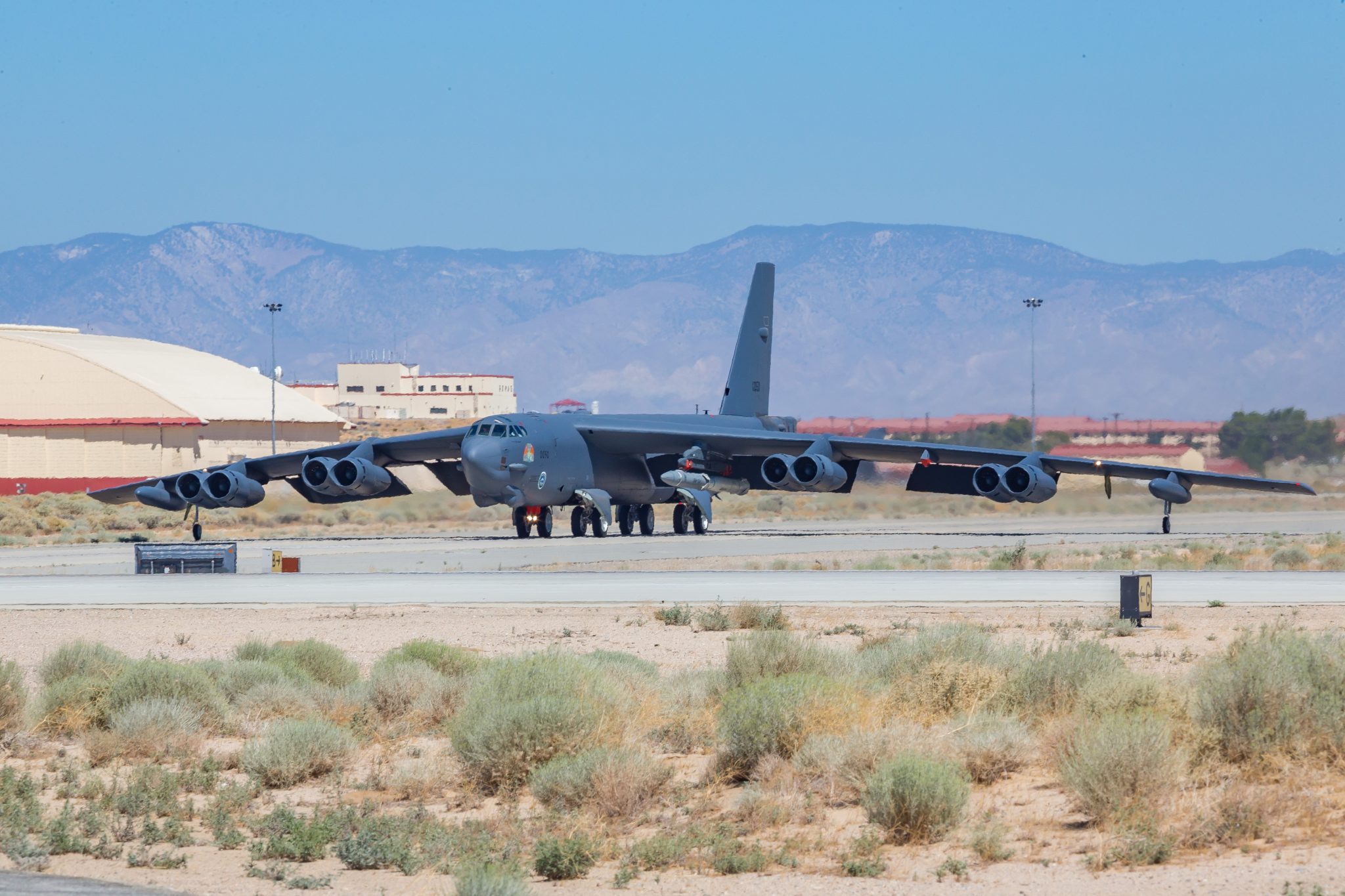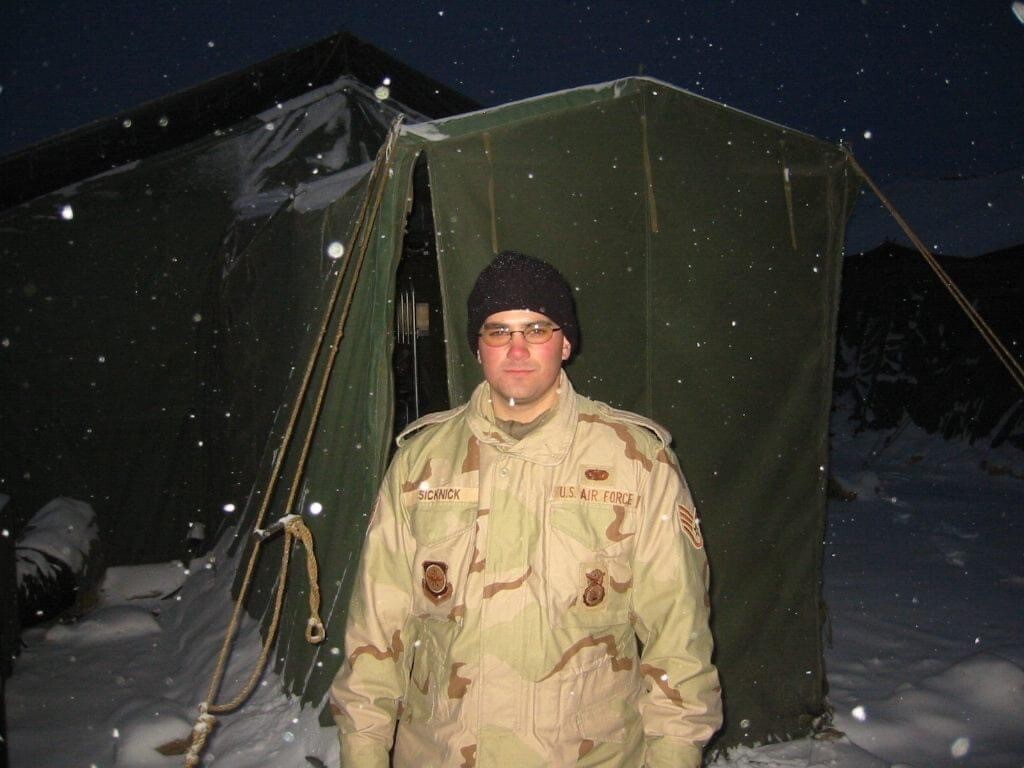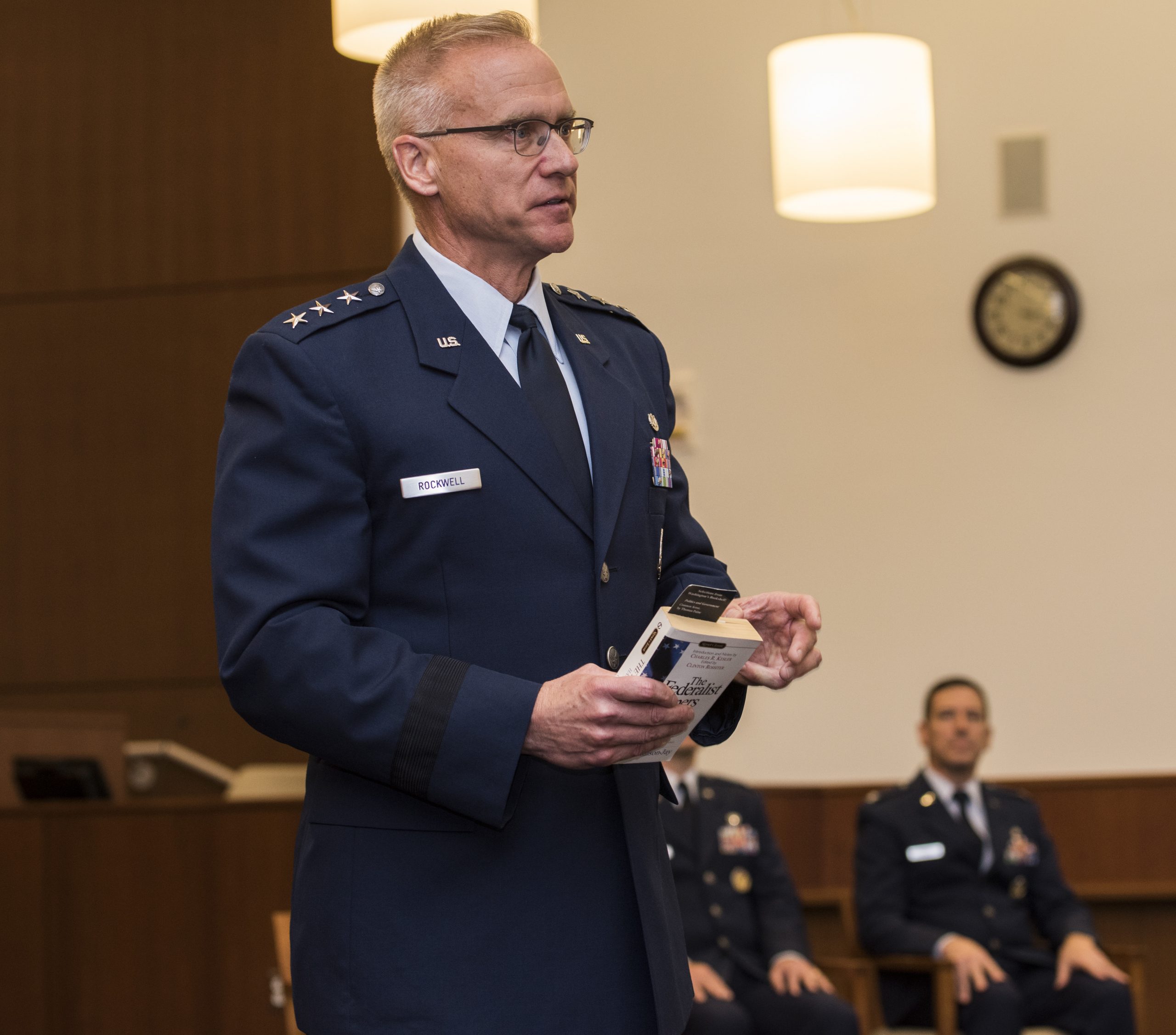The Air Force’s AGM-183 hypersonic missile didn’t fly by the end of December, as predicted by service acquisition executive Will Roper last month. Instead, an instrumented round was again captive-carried on a B-52 and the procedures for launching it were “practiced,” USAF said, without disclosing why the missile wasn’t launched.
In a Dec. 19 test, an “Instrumented Measurement Vehicle” version of the Air-launched Rapid Response Weapon, or ARRW, “was successfully captive-carried” on a B-52 over the Edwards Air Force Base, Calif., test complex, the Air Force reported in response to a query. Instead of flying as expected, the test merely confirmed integration with the B-52 and “transmission of telemetry and GPS data” from the missile, designated “IMV-2,” to ground stations.
The program will “now move ahead towards its first “Booster Test Flight …later this year,” the Air Force said. The service could not immediately be more specific as to whether that means the first flight is expected to happen closer to next month or the end of 2021.
At the inaugural event of AFA’s Doolittle Leadership Center on Dec. 14, Roper forecast that ARRW would fly before the end of 2020.
“We’re hoping that our flight demonstrator for a hypersonic weapon will be successful this month, and that we’ll get into production next year,” Roper said.
Before December, the Lockheed Martin-built missile had already made two captive-carry tests; in June 2019 and August 2020.
The ARRW program office thanked the 419th Flight Test Squadron and Global Power Bomber Combined Test Force, which operates bombers at Edwards, as well as “other supporting organizations, for all their hard work” on the test, according to USAF.
The Air Force plans to test ARRW on both the B-52 and the B-1, and longstanding plans call for an initial operational capability before the end of 2022. Both bombers will carry the missile externally; the B-1 will carry ARRW on six external hardpoints that have not been used for munitions since the START treaty was signed and the B-1 was withdrawn from the nuclear role. Roper has previously said the ARRW could be employed by the F-15, as well.
Lockheed is developing the ARRW under contracts valued at more than $1.3 billion, which will cover the program through critical design review, test, and production readiness circa December 2022.
A complementary program, the air-breathing Hypersonic Air-breathing Weapon Concept, being developed by USAF and DARPA, also failed to fly in December, as planned.








